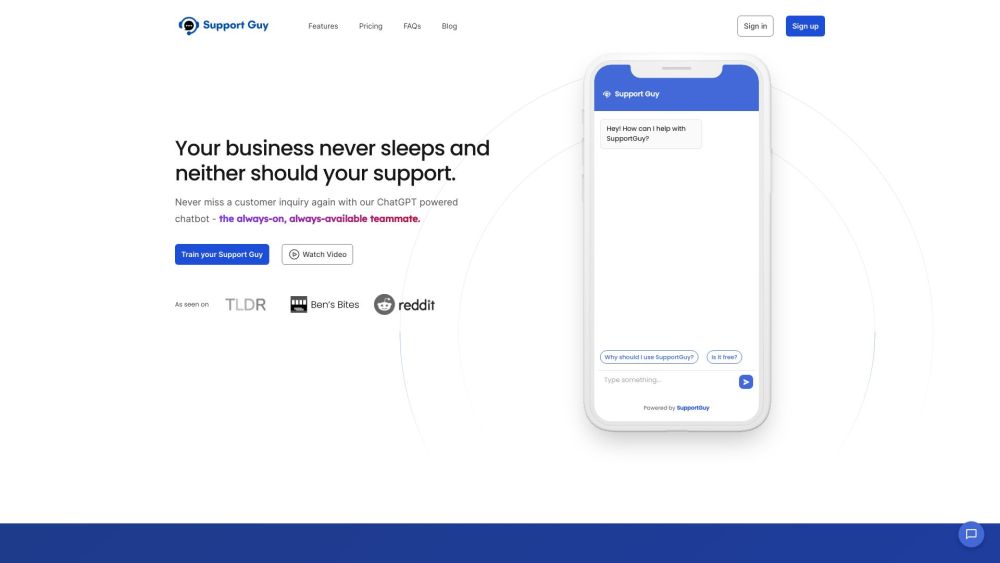The Critical Importance of Effective Patch Management in Cybersecurity
When it comes to patching endpoints, systems, and sensors across an enterprise, complacency is dangerous.
For many IT and security teams, the aftermath of a breach often results in months of relentless effort to recover from what could have been a preventable incident. This translates to a significant career setback for CISOs and CIOs, as they grapple with the accountability for breaches during their tenure, especially in publicly traded companies.
Attackers Are Enhancing Their Tools
Cybercriminals are becoming increasingly sophisticated, employing advanced tools available on the dark web to identify unpatched systems and long-standing Common Vulnerabilities and Exposures (CVEs). I.P. scanners and exploit kits targeting widely used software are continuously updated with new vulnerabilities, making them attractive to attackers seeking systems that lack the latest patches.
According to CYFIRMA, exploit kits for popular software like Citrix ADC, Microsoft Streaming Service Proxy, and PaperCut have been discovered. However, remediating vulnerabilities post-breach proves only somewhat effective, as attackers frequently exploit known vulnerabilities, many of which remain unpatched for a year or more. Recent findings show that 76% of vulnerabilities currently exploited by ransomware groups were identified between 2010 and 2019.
The Threat of Unpatched Systems
Reports reveal that small to mid-tier manufacturers in the U.S. have experienced hacking incidents due to uninstalled security patches. In one case, attackers compromised an Accounts Payable system, redirecting payments to untraceable offshore accounts. Cyberattacks are not isolated to manufacturing; for example, Helsinki, Finland, faced a data breach resulting from an unpatched remote access server vulnerability, while the Colonial Pipeline ransomware attack was linked to an unpatched VPN system lacking multifactor authentication.
Nation-state attackers often employ “low and slow” tactics, remaining undetected to pursue espionage objectives, such as spying on executives or stealing sensitive information.
The Need for IT and Security Alignment
Ivanti's latest cybersecurity report indicates that 27% of IT and security departments lack alignment on patching strategies, with 24% disagreeing on patching cycles. This misalignment complicates prioritization, particularly for overworked teams. Alarmingly, six out of ten breaches are connected to unpatched vulnerabilities, with a Ponemon Institute survey revealing that 60% of IT leaders believe breaches occurred due to the failure to apply available patches in a timely manner.
Patch management often falls by the wayside until a breach occurs, with 61% of enterprises only addressing it after an external event. Overwhelmed IT teams tend to push back on other projects that could yield revenue, exacerbating the problem. Furthermore, remote work environments also complicate patch management, acknowledged by 57% of IT and cybersecurity professionals.
Advancements in AI/ML-Driven Patch Management
AI and machine learning are revolutionizing patch management by providing real-time risk assessments, enabling teams to prioritize critical patches. The GigaOm Radar for Patch Management Solutions Report details the strengths and weaknesses of leading providers, including Automox, ConnectWise, Flexera, Ivanti, Kaseya, SecPod, and Tanium.
CISOs must ensure they understand how their systems and processes impact security. Eric Nost, a senior analyst at Forrester, emphasizes the importance of maintaining visibility over one’s environment, prioritizing patch management, and responding to exposures proactively. According to GigaOm analyst Ron Williams, effective patch management requires identifying and addressing the root causes of cyberattacks and utilizing appropriate tools and processes.
Cunningham’s Five-Point Plan for Improved Patch Management
Chase Cunningham, a cybersecurity expert and advocate for robust patch management practices, recently outlined a five-point plan to enhance patch management:
1. Leverage AI/ML Tools: Invest in AI/ML-powered tools to automate the patching process and prioritize vulnerabilities effectively.
2. Adopt a Risk-Based Approach: Focus on high-impact vulnerabilities that pose significant risks, using AI/ML for informed prioritization.
3. Improve Visibility and Accountability: Ensure comprehensive monitoring of endpoints and systems, and establish clear accountability within IT and security teams.
4. Automate Whenever Possible: Minimize manual patching, as automation reduces errors and speeds up the process.
5. Regularly Test and Validate Patches: Prioritize testing patches to prevent disruptions and verify effectiveness.
Conclusion: Proactive Defense against Cyber Threats
A strong patch management strategy is vital in today's rapidly changing cybersecurity landscape. As more CISOs adopt a strategic approach focused on risk reduction, they will better protect revenue streams and position themselves as valuable assets to their organizations. The stakes have never been higher; CIOs, CISOs, and their teams must prioritize effective patch management to secure all existing and emerging revenue avenues.





